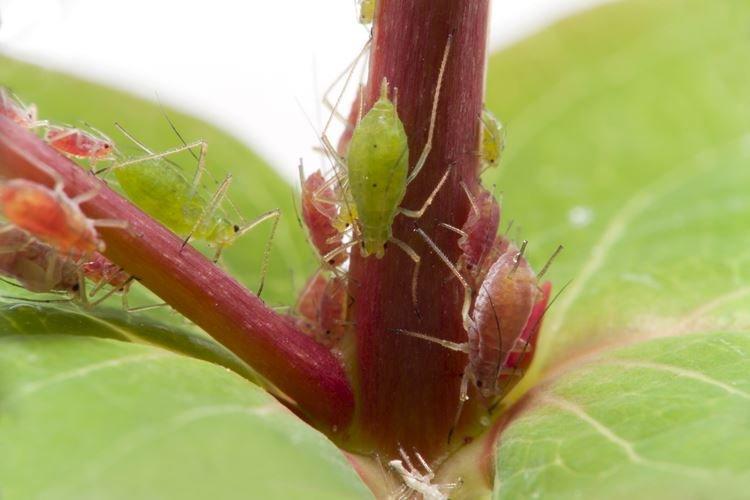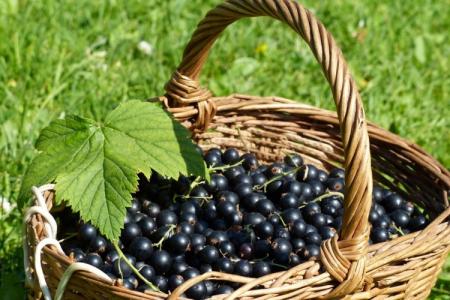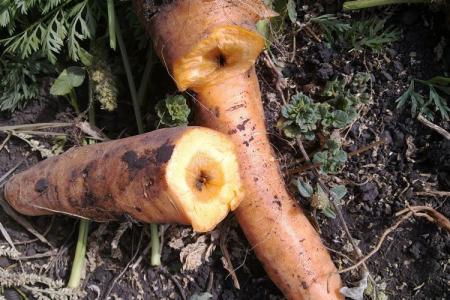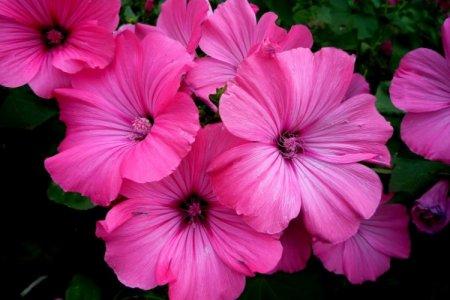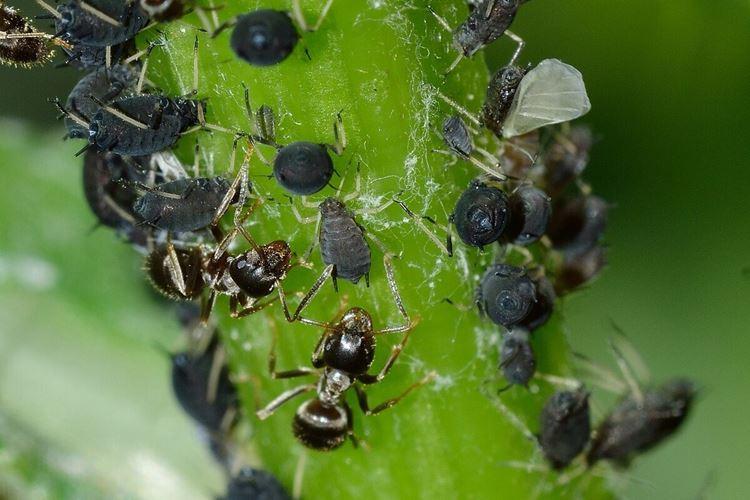
No one has yet been able to completely avoid the appearance of aphids in the garden. But this is not at all a reason not to do anything, because the ubiquitous pest feeds on plant juices and carries various diseases. We've figured out how to get rid of these nasty insects. The good news is that with the best folk remedies, you don't need chemicals or pesticides!
Aphids: what is dangerous and how to detect
Aphids will settle on almost any plants and systematically draw out juices from them. The leaves wilt and turn yellow, the planting becomes sensitive to all fungi and infections. At times, the buds are formed worse, and the crop deteriorates and perishes! Aphids attract ants and other pests because they produce sweet honeydew. It also carries viruses, fungi and infections.
It is very difficult to recognize aphids in the early stages, because they are very small and hide on the back of the leaves. That is why it is important to regularly inspect the plantings, study the leaf plates from all sides and make sure that they do not twist down. Indirect symptoms of aphid infestation are dry leaves, unopened buds and unformed fruits.
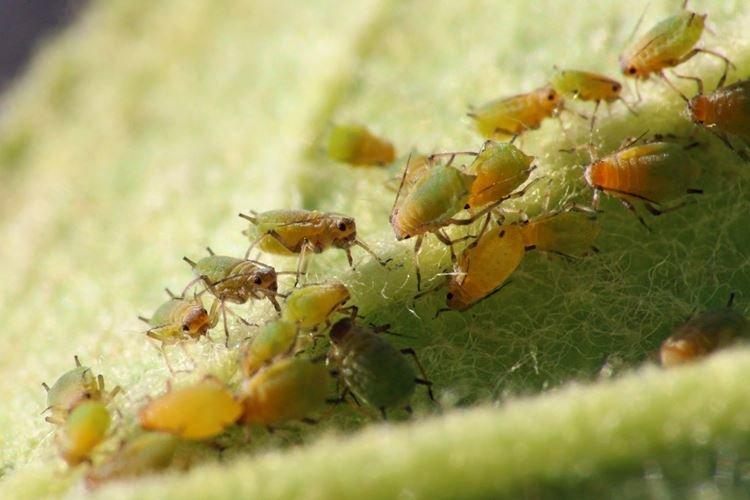
Aphids in the garden - how to fight?
Among all pests, aphids have a small, albeit dubious, advantage. It has a very fragile shell that can be destroyed even by ordinary soapy water. So you can even do without chemical insecticides.
- Hose out all the beds that are possible;
- For greater efficiency, prepare a solution of liquid soap at the rate of a spoon per liter;
- Grind 100 g of tar soap into a bucket of water and use for spraying;
- Pass through a chopper or finely chop two cups of tomato leaves, potato tops or sorrel. Pour the mass with a little more water, let it brew for several days and dilute in a bucket for spraying;
- Prepare an infusion of 40 g of finely chopped onion per liter of water. Soak the mixture overnight, add a little laundry soap and strain;
- Garlic infusion is prepared in the same way as onion infusion, but 250 g of garlic is needed per liter of water. For a bucket of water for spraying, 50 ml of concentrate is enough, so it is also very economical;
- Mix chopped horseradish, hot pepper or any other hot ingredients with water and liquid soap;
- Plant marigolds near cucumber and bean beds for prevention, and tansy and pyrethrum around the perimeter of the garden. These plants contain substances that repel pests;
- Bring natural enemies of aphids to your garden - ground beetles, ladybirds and lacewings. Now you don't even need to take special measures, because their larvae are specially available in stores.
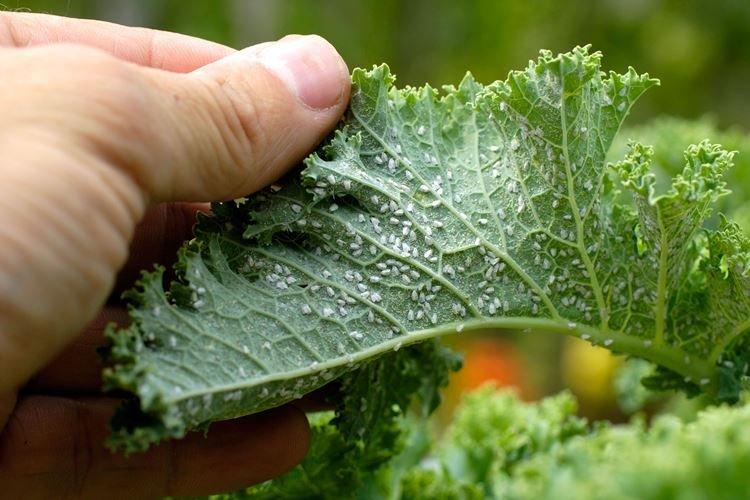
How to get rid of aphids on trees
Aphids love fruit trees, but in general, absolutely all the inhabitants of your site are satisfied with it. Therefore, do not forget about preventive spring and autumn spraying!
- First of all, rinse the trees with plain water from a hose to remove most of the colony;
- To spray grind 300 g of laundry soap on a bucket of water and add a spoonful of soda ash;
- Add 250 g of ash to a bucket of water and boil the solution for 20-30 minutes. Leave it to sit for a day, add a little soap and spray the trees;
- Prepare an infusion of 200 g of dried tobacco leaves per liter of water, leave it for two days and dilute it in a bucket;
- For prophylaxis, plant nasturtium near peaches and apricots, calendula near strawberry plantations, and pelargonium between fruit trees. Plant garlic near currant and gooseberry bushes - all these plants scare away aphids;
- Spray trees prophylactically even before the buds open and treat them with ant antics at the same time. They love the sweet honey that aphids give off, so they often bring it with them;
- At the end of the season, be sure to remove all plant debris from under the trees and carry out sanitary pruning.
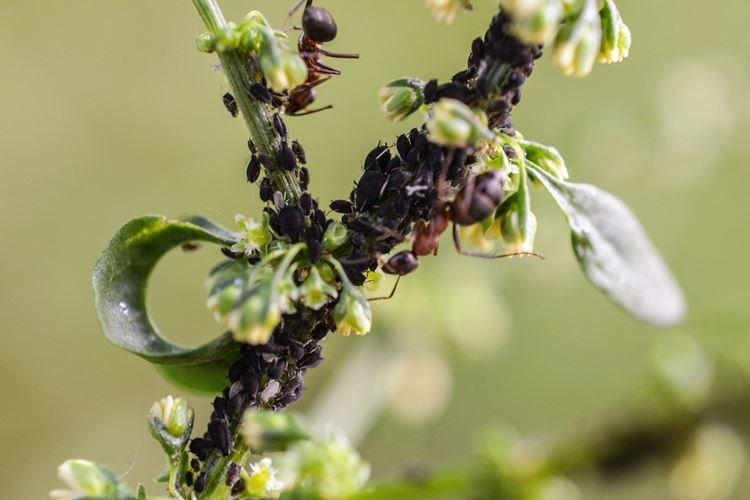
How to remove aphids from seedlings
Seedlings are very sensitive to all external factors, so aphids can completely destroy them. Young greens wither before our eyes, leaves curl and lose color.
- If there are very few aphids - remove them by hand with gloves;
- Treat the seedlings with a solution of 30 g of laundry soap per liter of water;
- Add 100 g of tobacco powder to a liter of soap solution;
- Pour 200 g of pine needles with a liter of water, let it brew for a couple of days, dilute and use for washing;
- Use a solution with the addition of neem oil, an effective natural remedy for aphids. At the same time it is an excellent prophylaxis against thrips and ticks;
- 300 g of chopped chamomile, marigolds or dandelions, along with the roots, pour a liter of water and let it brew for 3 days;
- If the seedlings are in a greenhouse, then fumigation with tobacco smoke is ideal. Make a small fire of thin twigs in a metal container and pour the contents of any of the cheapest cigarettes into it.
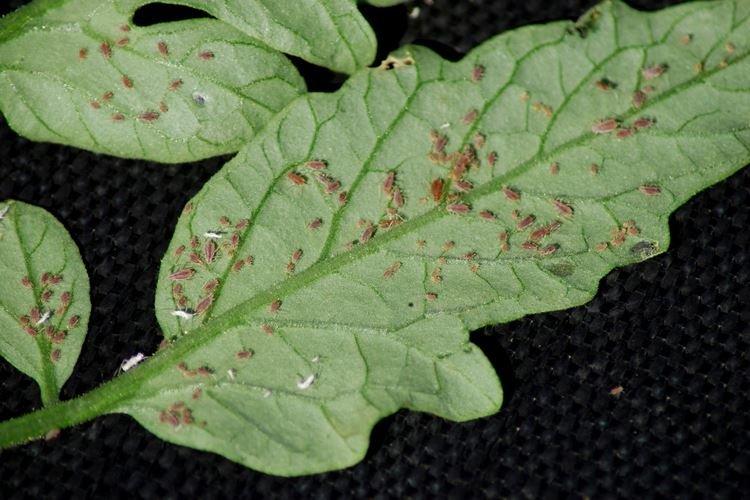
Getting rid of aphids on indoor plants
To treat houseplants for aphids, you only need the safest and most sustainable recipes. Especially if there are children or pets in the house!
- Take the moisture-loving plants to the bath under a warm shower to wash off the aphids;
- Dilute some dish detergent with water and add a spoonful of ash;
- Add vegetable oil to the spray solution, which forms a protective film on the surface. For 2.5 liters of water, you need a quarter of a glass of oil and soap shavings;
- Use essential oils of tea tree, lavender, citrus;
- If there are too many aphids, add a grated quarter of a bar of laundry soap and a spoonful of baking soda to a liter of boiling water. Dissolve everything well and cool. Dilute the concentrate with water 1: 9;
- Crush 5 cloves of garlic, add a couple of tablespoons of oil to it, cover and leave. The next day, add a spoonful of liquid soap and half a liter of water. For a liter bottle of the ready-made solution for spraying, you will need several spoons of such an infusion;
- Take 100 g of dried peel of oranges and any other citrus fruits, pour a liter of boiling water and leave for the next day. Boil the solution again, strain, and dilute 1:10 with water before use.
